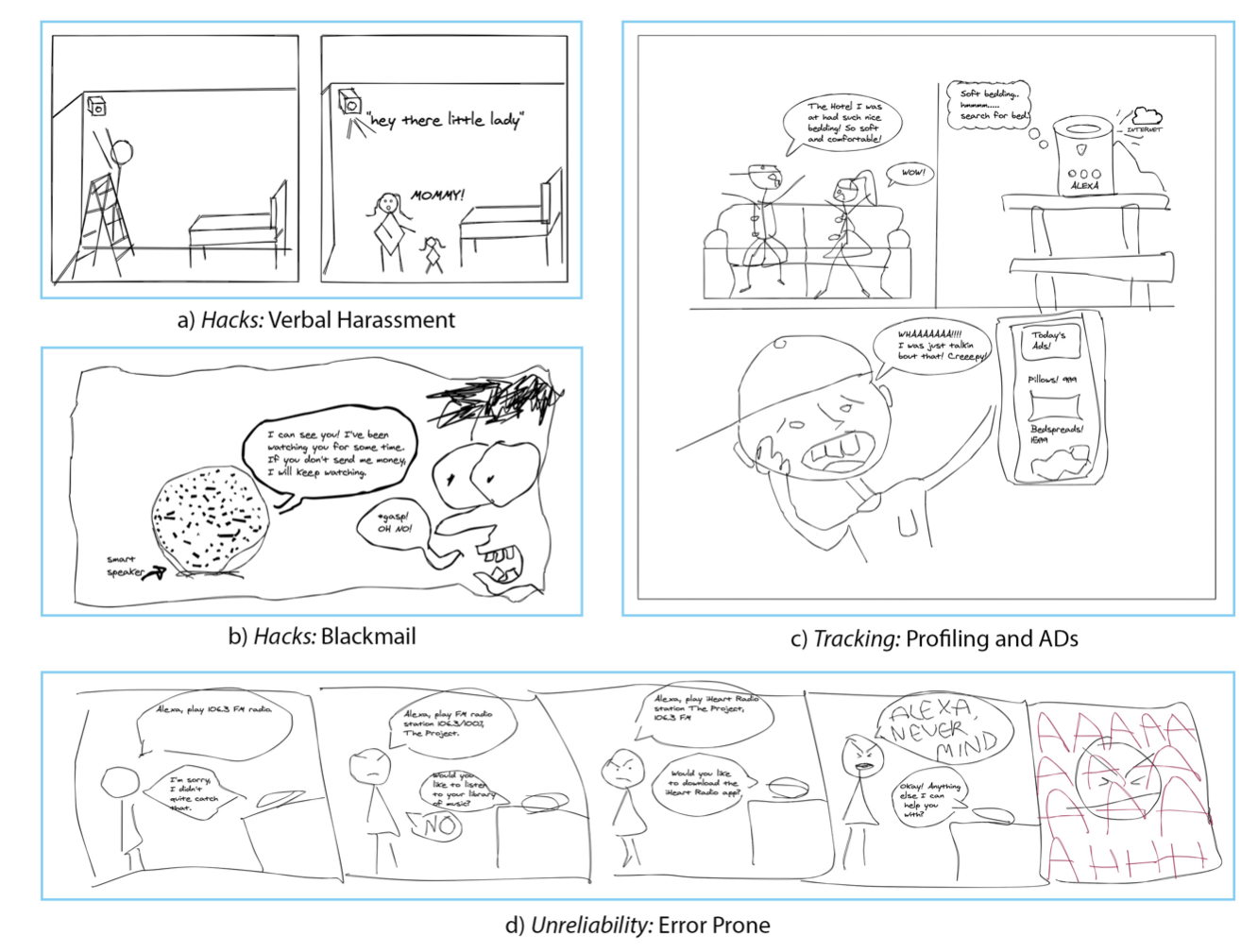
TITLE: Not a Playroom, but a Passage: Exploring the Design Space of a Technology-mediated Calm-down Corner. (Accepted, CHI '24 EA)
Authors: Gao J, Chen A, Yi Z, et al.
Preschool educators play an important role in supporting children’s emotion regulation capacities in ways that promote their socio-emotional and behavioral health. However, tracking children’s emotional changes and giving timely intervention to every child in the class simultaneously is challenging for preschool educators. In this paper, we use the "calm-down corner," which is widely used in classrooms with spaces where children can regain emotional control, as a probe to explore the design space of technology-supported preschool educators dealing with children’s emotional problems through one semi-structured interview with ten preschool educators and one co-design session with another 12 preschool educators. We summarized current challenges and the design considerations from preschool educators’ perspective, which could offer valuable insights for technology-enabled systems to facilitate the emotion regulation process for educators in the future.

TITLE: Exploring the Effects of Different BCI-based Attention Training Games on the Brain: A Functional Near-infrared Spectroscopy Study. [J]
Authors: An Chen, Song Hao, et.al
BCI games have been widely employed as non-invasive therapeutic interventions for conditions, but their efficacy remains a subject of debate. This study explores the efficacy of two prevalent forms of Brain-Computer Interface (BCI)-based attention training games: video games (VG) and physical games (PG). The effectiveness of these games has been examined through the lens of neuroscience, using functional Near-Infrared Spectroscopy (fNIRS) to monitor cortical activation. After the fNIRS test, subjects completed an Intrinsic Motivation Inventory (IMI) questionnaire. PG tasks activated six channels (L-PFC, R-PFC and R-TL), while VG tasks activated only one (R-PFC). Furthermore, females exhibited stronger activation during PG tasks, while males had none in either. Our findings suggest that under equivalent game rules and themes, PG may prove more effective for cognitive rehabilitation than VG, with stronger intrinsic motivation. We also found this result may exhibit gender differences. Finally, this research offers valuable insights for the future design of BCI-based games from a neuroscience perspective.

TITLE: Folk Tales of IoT: Understanding the Impact of Stories on Users' Positive and Negative Perceptions of Smart Home IoT Devices (Accepted 25 CHI)
Authors: Leah Zhang-Kennedy, Michaela Valiquette, Bella Chen et.al
2025CHI full paper
This study examines how anecdotal stories from friends, peers, and online sources influence non-experts’ perceptions and behaviors toward smart home IoT devices. We surveyed 263 participants, col- lecting narratives that either positively or negatively influenced their perception of IoT devices, which they retold in text and comic formats to encourage deeper reflection. Thematic analysis of the narratives, combined with quantitative survey data, reveals that stories significantly impact trust and willingness to use and adopt IoT devices. Negative stories, particularly those concerning security, privacy, and device unreliability, reduced trust and usage, while positive stories about home safety through monitoring and im- proved quality of life increased interest in IoT devices. Perceptions of different IoT devices varied based on the themes associated with the stories. The findings highlight the powerful role of storytelling in driving consumer acceptance of technology.